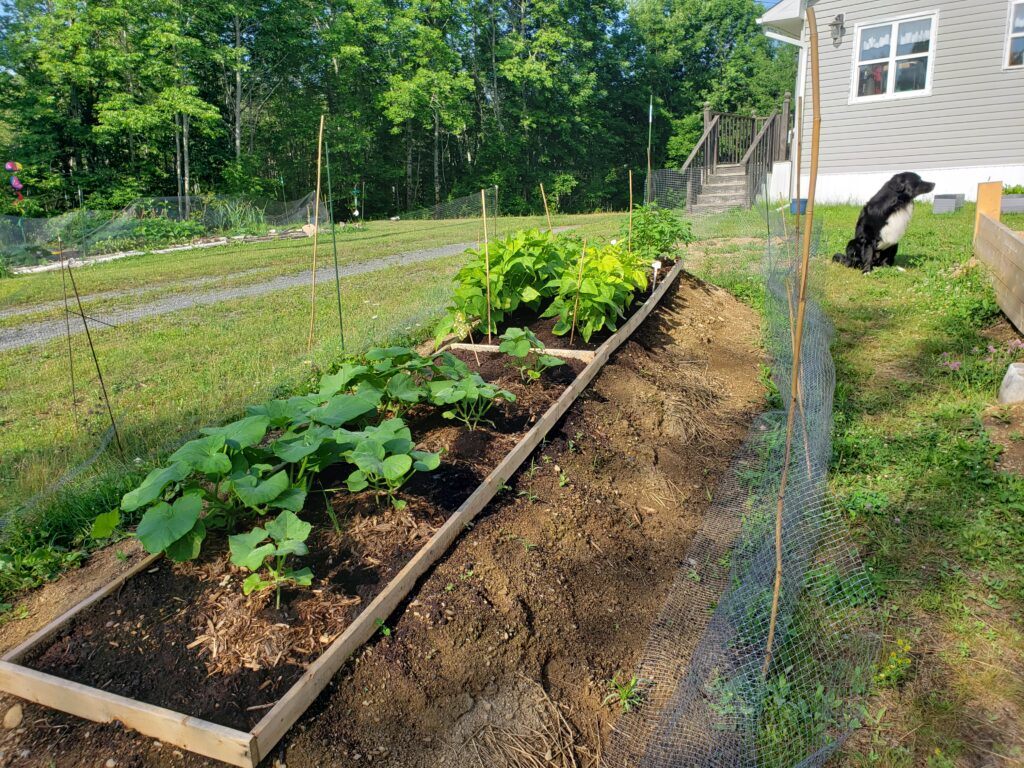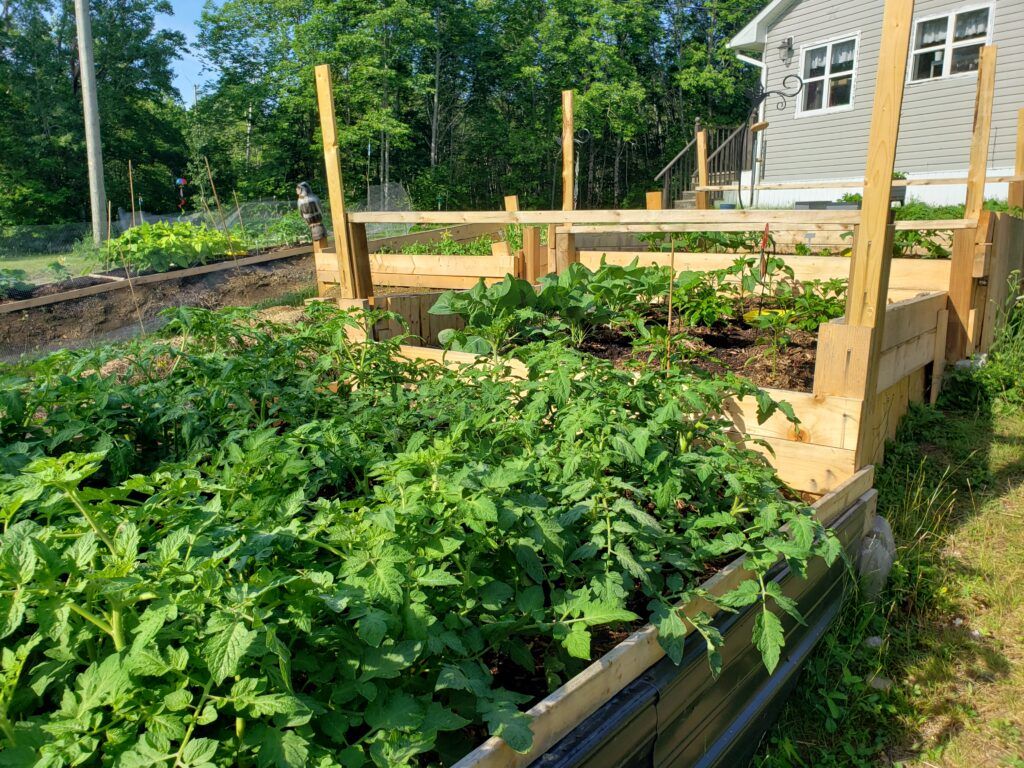Best Gardening Techniques
Gardening is not only a fulfilling hobby but also an opportunity to cultivate fresh produce, beautify your surroundings, and connect with nature. Whether you’re a beginner or a seasoned gardener, employing the right techniques can greatly enhance the health and yield of your plants. Here are some of the best gardening techniques to consider for a thriving garden.
1. Soil Preparation
The foundation of any successful garden lies in its soil. Start by testing your soil to understand its pH level and nutrient content. Depending on the results, amend your soil with compost, organic matter, or specific fertilizers to enhance fertility. Well-drained, nutrient-rich soil will provide your plants with essential elements needed for growth. Remember, healthy soil equals healthy plants!
2. Companion Planting
Companion planting involves strategically placing different plants together to benefit one another. Certain plants can enhance growth, repel pests, or attract beneficial insects when grown in proximity. For example, tomatoes thrive alongside basil, which can improve flavor and deter aphids. Researching compatible plants can lead to a more resilient and productive garden.
3. Crop Rotation
Implementing crop rotation is an effective technique to prevent soil depletion and control pests and diseases. By rotating plants in different families each season, you can reduce the risk of crop-specific pests and pathogens, while replenishing nutrients in the soil. A typical rotation might involve planting legumes to fix nitrogen in the soil in one year and following with leafy greens or root vegetables the next.

4. Mulching
Mulching is the practice of covering the soil with organic or inorganic materials to retain moisture, suppress weeds, and improve soil structure. Organic mulches, like straw, wood chips, or compost, break down over time, enriching the soil while preventing evaporation. A good layer of mulch can dramatically reduce the time spent on weeding and watering, making it an indispensable technique in any garden.
5. Watering Wisely
Efficient watering is crucial for plant health. Instead of frequent light watering, aim for deep, infrequent watering that encourages roots to grow deeper and access moisture in the soil. Early morning is typically the best time to water to reduce evaporation losses and fungal diseases. Consider using a drip irrigation system or soaker hoses for targeted watering, which can save time and ensure that your plants receive the right amount of moisture.
6. Pruning and Deadheading
Regular pruning and deadheading can enhance the appearance and productivity of your garden. Pruning encourages healthy growth by removing dead or diseased branches and encourages flowering in many species. Deadheading spent blooms prevents plants from going to seed, prolonging their flowering period and encouraging further blooms. Familiarize yourself with the specific pruning needs of your plants to avoid cutting too much or at the wrong time.

7. Integrated Pest Management (IPM)
Pest management is a crucial aspect of gardening. Instead of relying solely on chemical pesticides, consider adopting Integrated Pest Management (IPM) techniques. This holistic approach combines biological, cultural, and mechanical methods to control pests while minimizing harm to beneficial organisms. For example, attract natural predators like ladybugs and lacewings, or use insecticidal soaps to tackle pest problems in a more environmentally friendly way.
8. Seasonal Planting
Timing is everything in gardening. Understanding your local climate and planting seasons can make or break your gardening success. Plant cool-season crops like lettuce and peas in early spring and switch to warm-season crops such as tomatoes and peppers once the danger of frost has passed. Using frost covers or cloches can extend your growing season and protect tender plants.
Conclusion
Incorporating these gardening techniques into your routine can lead to healthier plants and a more productive garden. Gardening is not just about planting seeds; it’s about understanding the ecosystem and working with nature to achieve the best results. Whether you’re growing flowers or vegetables, applying these practices will enhance your gardening experience and yield beautiful results. Happy gardening!
